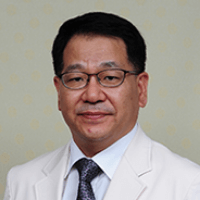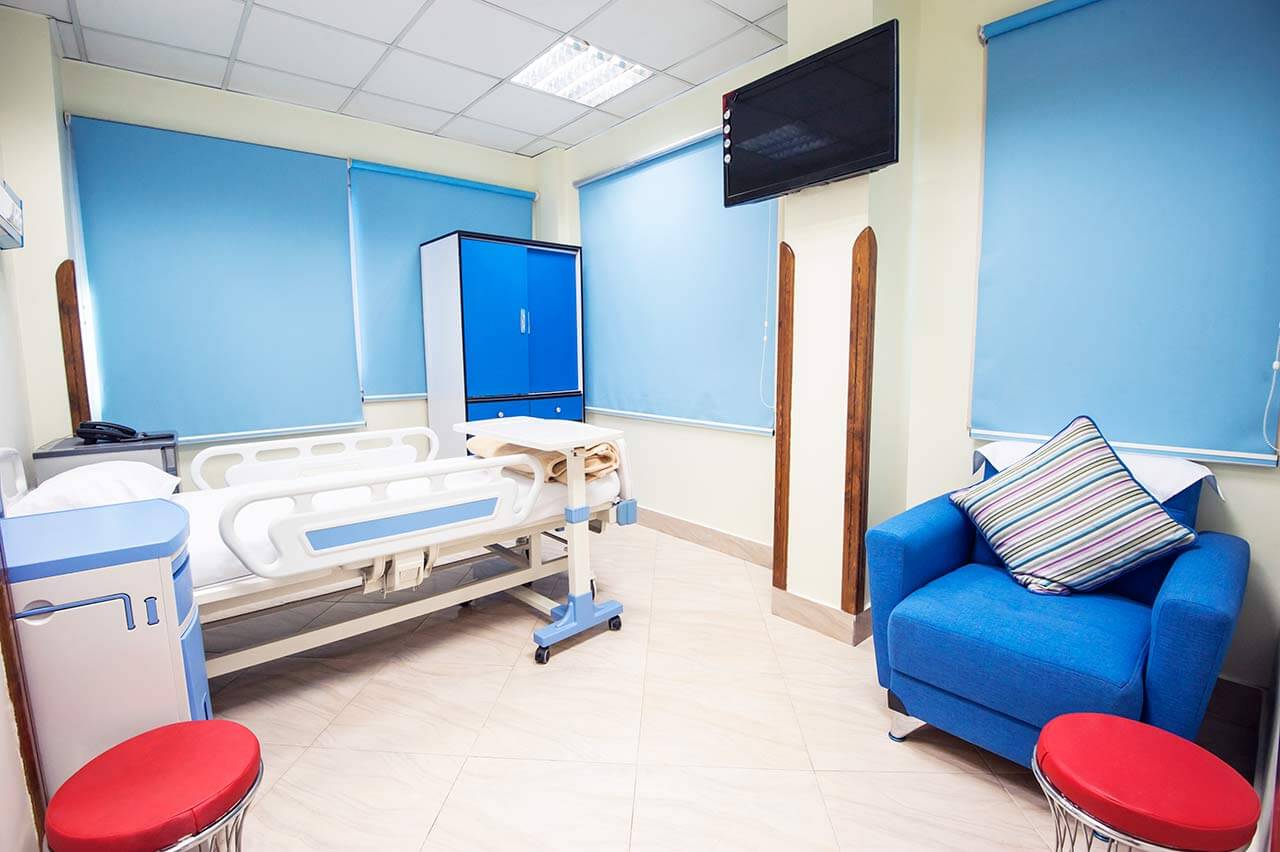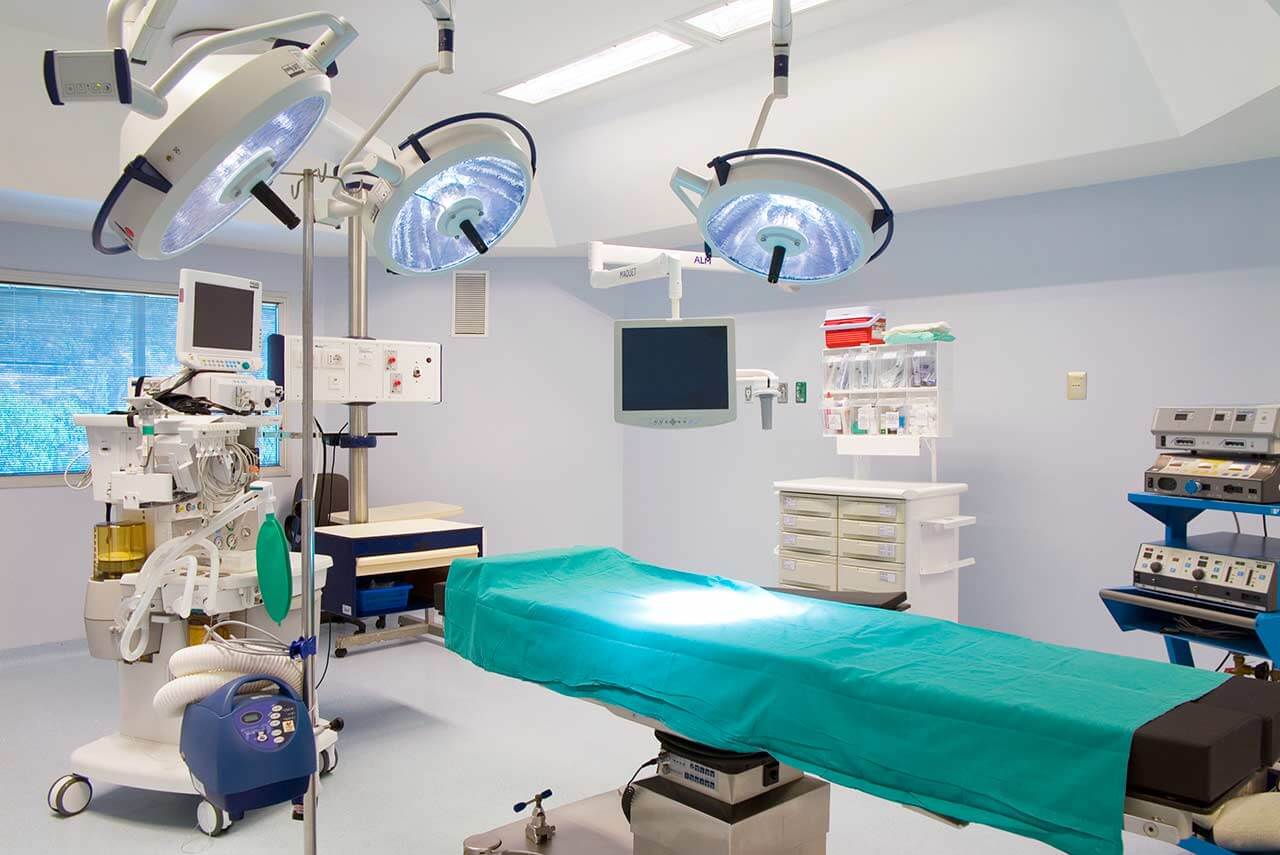
The program includes:
- Initial presentation in the clinic
- clinical history taking
- review of medical records
- physical examination
- laboratory tests:
- complete blood count
- biochemical analysis of blood
- indicators of inflammation
- indicators blood coagulation
- ophthalmologic examination:
- slit-lamp examination
- optical coherence tomography OCT
- pupil function tests
- ocular motility test
- ophthalmoscopy
- perimetry (visual field test)
- computer perimetry
- visometry (without correction and with correction)
- keratometry
- pachymetry
- refractometry (objective, subjective, cycloplegic)
- autorefractometry
- non-contact tonometer
- biomicroscopy
- services of chief physician and all leading experts
- preparation according to preoperative standard
- keratoplasty
- explanation of future recommendations
Required documents
- Medical records
Service
You may also book:
 BookingHealth Price from:
BookingHealth Price from:
About the department
As the largest ophthalmological facility in Korea, the Department of Adult and Pediatric Ophthalmology at the Samsung Medical Center offers the full range of services in this field. It annually treats over 110,000 outpatients and performs about 6,000 interventions to treat eye diseases. The department is headed by Prof. Dr. med. Kang Se Woong.
The main clinical focuses include the diagnosis and treatment of diseases of the retina, anterior eye segment, glaucoma, cataract, strabismus, oculoplastic surgery, pediatric ophthalmology and neuro-ophthalmology.
The service range of the department includes:
- Retinal and vitreous diseases
- Macular diseases
- Age-related macular degeneration
- Polypoidal choroidal vasculopathy
- Central serous chorioretinopathy
- Myopic macular degeneration
- Other diseases
- Retinopathy of prematurity
- Diseases of anterior eye segment
- Cataract
- Corneal transplantation (penetrating keratoplasty, lamellar keratoplasty, for example, DALK and DSEK)
- Correction of astigmatism
- Correction of presbyopia
- Correction of myopia
- Glaucoma
- Normal tension glaucoma
- Primary open-angle glaucoma
- Chronic angle-closure glaucoma
- Congenital glaucoma
- Oculoplastic surgery
- Orbital diseases
- Eyelid diseases
- Diseases of the lacrimal apparatus
- Other pathologies
- Correction of strabismus (also in children)
- Amblyopia
- Neuro-ophthalmic diseases
- Optic neuritis
- Ischemic optic neuropathy
- Hereditary optic neuropathy
- Swollen optic nerve
- Other diseases
- Ophthalmic diseases in children
- Other medical services
Curriculum vitae
- Study of Medicine at the Seoul National University.
- Fellowship at the Bascom Palmer Eye Institute, Florida, USA.
- Residency at the Seoul National University Hospital.
- Internship at the Seoul National University Hospital.
Clinical and Research Interests
- Retinal and vitreous disorders.
Membership in the Academic Societies
- Editorial Committee of the Journal of the Korean Ophthalmological Society.
- Editorial Committee of the Korean Journal of Ophthalmology.
- Secretary General of the Korean Ophthalmological Society.
- Secretary General of the Korean Retinal Society.
Photo of the doctor: (c) Samsung Medical Center
About hospital
The Samsung Medical Center was founded in 1994 and soon won the reputation of a medical facility of presidential standards, which it still preserves today. The hospital has 40 departments, 10 specialized centers and a huge Cancer Center with 655 beds.
The medical facility is equipped with advanced equipment (for example, a 32-channel spiral magnetic resonance tomograph and Somatom computer tomograph), as well as with the picture archiving and communication system that provides the highest level of medical care. In addition, the hospital boasts state-of-the-art infrastructure and outstanding medical personnel, which makes every effort to provide the patient with comprehensive first-class medical care, create a friendly attitude, show understanding and sympathy. The hospital constantly develops, monitors all world innovations and is engaged in active research activities.
Thanks to the outstanding treatment results, the hospital has the highest rating and enjoys worldwide popularity. For example, survival rates after liver transplantation and hematopoietic stem cell transplantation in children are among the best in the world. Also, the clinic demonstrates excellent treatment results for oncological diseases and the best survival rates of very premature babies (born on the 25th week of pregnancy) with a weight of only 380 g. The survival rates of very premature babies exceeds 50%, and this result is considered the best in the world.
Thus, the Samsung Medical Center is one of the best hospitals in South Korea and all over the world, known for its comfort and high-quality treatment. The hospital has received many awards, including the award of the Ministry of Health and Social Welfare.
Photo: (с) depositphotos
Accommodation in hospital
Patients rooms
The patients of the Samsung Medical Center live in comfortable patient rooms made in a modern design. Also specially equipped rooms for patients with disabilities are offered. Each patient room is furnished with a comfortable bed, a bedside table, a telephone and TV. The hospital offers free Internet access.
The medical center has an excellent infrastructure: pharmacies, a gift shop, a beauty salon, a bank, a restaurant, a food court, cafeterias, prayer rooms for representatives of different faiths.
Meals and Menus
The medical center offers patients delicious and healthy three meals a day: buffet breakfast, a nutritious lunch and dinner. The menu features a variety of international dishes, including vegetarian ones. In addition, the hospital has several food courts, cafeterias and a restaurant, where one can also taste delicious food and drink either hot or refreshing drinks.
Further details
Standard rooms include:




